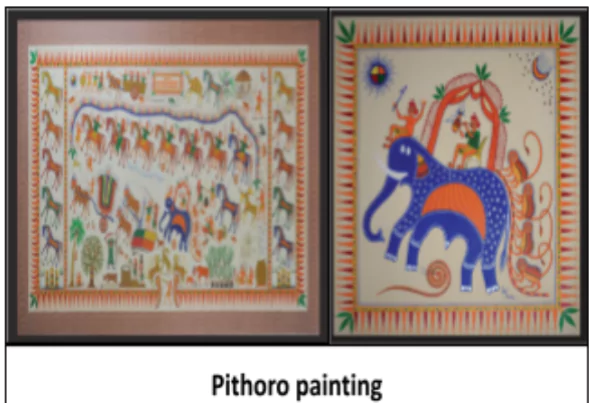![]() April 18, 2024
April 18, 2024
![]() 1722
1722
![]() 0
0
Folk paintings in India encompass a plethora of styles and themes, each reflecting the unique cultural heritage of its region. These artworks hold significant importance in preserving indigenous traditions and narratives.
 Material Used: Colours extracted from natural sources (minerals and plants)
Material Used: Colours extracted from natural sources (minerals and plants)|
Must Read |
|
| Current Affairs | Editorial Analysis |
| Upsc Notes | Upsc Blogs |
| NCERT Notes | Free Main Answer Writing |
<div class="new-fform">
</div>
Latest Comments